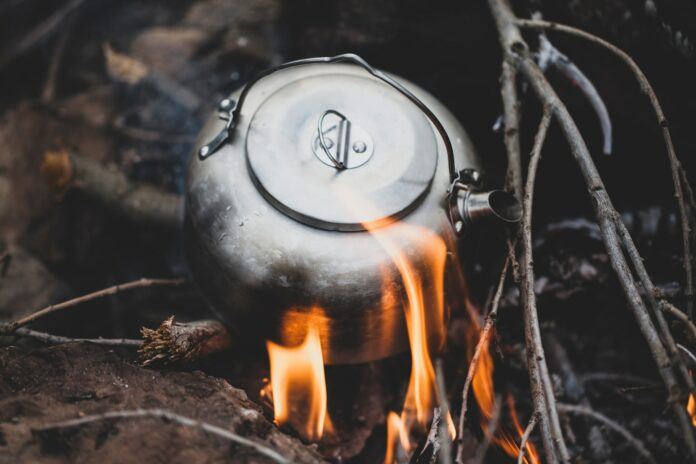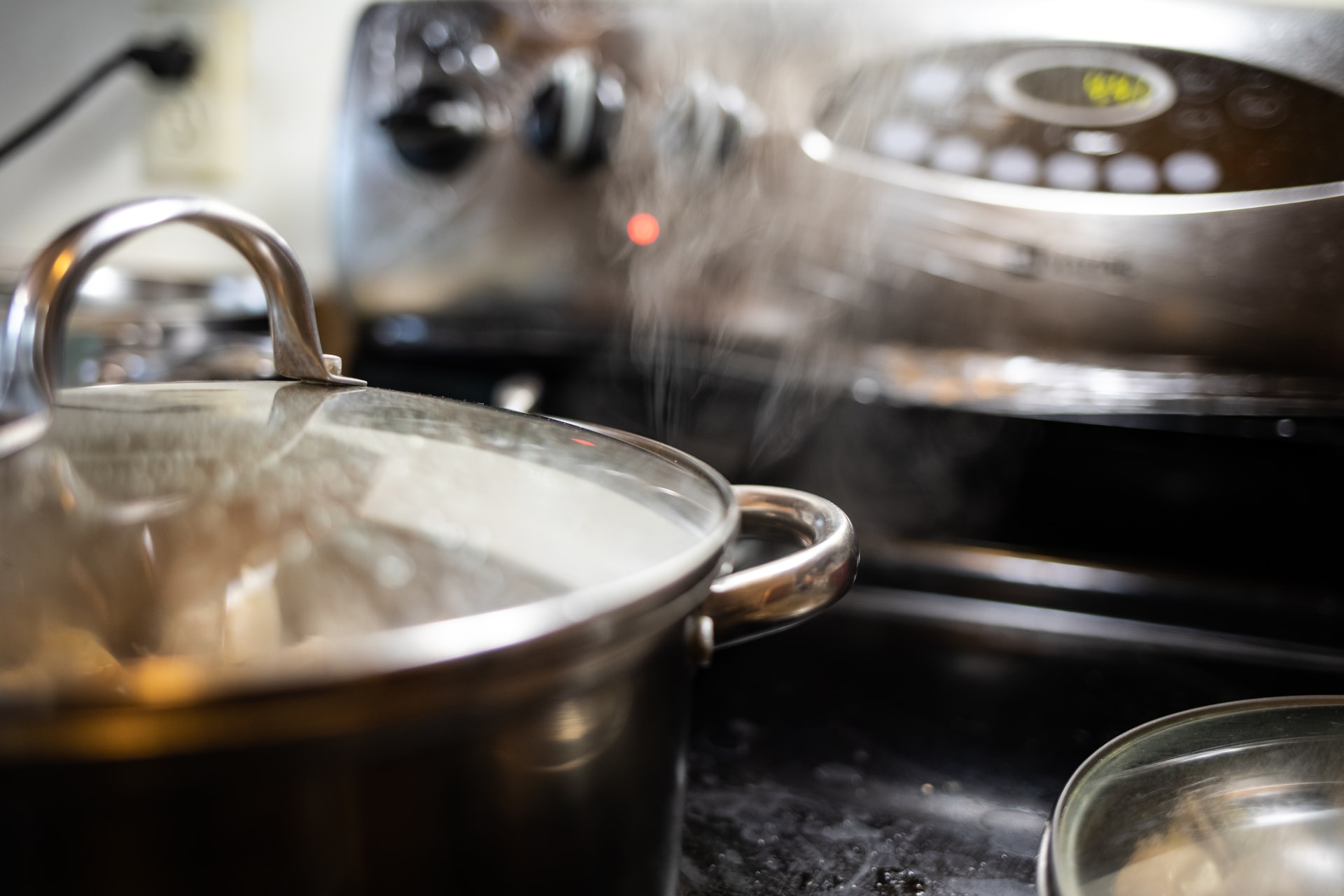There are countless applications for thermal energy. An excellent example of energy in your home is the heat from your stove. This is a source of both kinetic and potential energy. Every day, we come into contact with a variety of energy sources.
Examples Of Thermal Energy That You’ll Frequently See Include The Following:
Using Solar Power:
The sun’s energy (radiation) heats our atmosphere that heat can be felt on the planet’s surface.
Ocean Thermal Energy:
The energy stored on ocean and seawater surfaces is enormous. Because of their prolonged exposure to the sun’s beams. The difference between the surface temperature and the ambient temperature is used to harvest the thermal energy. Temperatures in shallow and deep marine settings with the appropriate hardware and software.
We can use ocean thermal energy to generate electricity. Different businesses are using machines and software to help their economies grow. Ocean thermal energy conversion is the technology utilized to capture this energy (OTEC).
The Power Of Fuel Cells:
Fuel cells can be used to capture thermal energy and convert it to usable energy. A chemical reaction inside a fuel cell yields energy that occurs in its electrodes. The reaction of two electrodes produces ions or charged particles, which an electrolyte carries. This process generates heat, which is captured and put to good use to improve energy efficiency.
Using Energy From The Earth’s Core:
In the Earth’s crust, there is a source of energy known as geothermal energy. Tremendous heat radiates continuously from the Earth’s interior. The center is where most of the heat comes from.
The decay of radioactive elements found in all rocks generates most of the heat found in the Earth’s crust. Thicknesses range from 3 to 75 kilometers (approximately 3 to 47 miles) in the crust, which acts as an insulator.
The hot center of the Earth’s core may reach the surface of the planet’s surface. Ranges from 7200°F to 12,600°F, depending on the measurement. Thermal energy can be harnessed when it’s concentrated at the Earth’s surface.
Hot Chocolate Milk With Ice And A Glass Of Cold Chocolate:
When chocolate is served cold, a cup of hot chocolate will be warmer than a glass of cold chocolate. It’s safe to say that hot chocolate milk has more thermal energy than cold chocolate milk in this situation. The temperature of the chocolate milk will rise if it is placed on a hot stove.
This is the case because the milk will absorb thermal energy emitted by the hot stove. When the hot chocolate milk cools, on the other hand, Due to reduced particle velocity, it will lose heat more quickly. As a result, it doesn’t warm up the room as a burning stove would.
As a result, it loses heat to the chilly environments around it. Since its particles have less kinetic energy, chocolate milk has less thermal energy as a result.
Ice Melting:
When you add ice to a glass of water, the temperature drops as the ice temperature increases. This occurs as a result of the ice melting due to the thermal energy of the warmer water.
In Addition To These, Thermal Energy Can Be Found In The Following Things:
Heat energy is generated when the power is turned on in a computer. A computer fan is required to keep the heat from overheating the components. Thermal energy can be found in a hot stove from a metal pot to a computer
We are improving ion exchange, which raises the temperature of the water by increasing molecular speed. Cats contain thermal energy. It can be spread to a human by a warm animal sitting on his lap. Bathing in hot water can warm you up to a comfortable temperature. Make you feel warm and cozy once more on a cold day.
To separate them, heat both of them to set the molecules in motion, which separates them. As the temperature of the stuff rises, their thermal energy increases along with it. Again, if this occurs during the evaporation of liquids, It’s a type of thermal energy called the latent heat of vaporization.
Thermal Energy Facts You Should Know
Joules are the units used to measure thermal energy. Thermal energy and an object’s temperature are linked. Thermal energy is a part of the total energy contained in an object. Compared to other energy sources, thermal energy is more challenging to convert into another form.
Nothing can keep heat inside of it. They’re filled with heat. This is because heat is a process. Heat is the term used to describe thermal energy transferred to or from an object. To transform thermal energy into another form of energy, you need a machine like an engine.
The sun’s heat replaces the heat lost to space by the Earth. No matter how much effort something accomplishes, its thermal energy remains constant. It differs from other types of energy. James Joule is credited with being the first to discuss. Gain and loss of heat; however, he did not use the phrase “thermal energy.” Heat is not the same as temperature. Temperature, in this context, relates to how cold or hot something is.
There are three ways heat can be transported, they are radiation, conduction, and conduction- all simultaneously. Conductors are objects that allow heat energy to pass through them quickly. Conductors include things like metals.
Insulators
The term insulator refers to materials that don’t allow thermal energy to pass through them quickly. Insulators include materials like plastic. There are three primary ways thermal energy is transferred, and these are known as conduction, convection, and radiation.
Temperature and thermal energy are not interchangeable terms. The reason being is because the temperature only defines how hot or cold matters. When it comes to thermal energy, the molecules and atoms in an object are either kinetic or potential. 19th-century British physicist James Joule was not the first to use thermal energy. When it comes to discussing heat gain and loss, he’s credited with being the first.
The relationship between energy and a substance’s temperature is very close indeed. No relationship exists between a thing’s thermal energy and the quantity of work it does.
Materials such as wood and plastic used as insulators prevent thermal energy from moving fast through them. Thermal energy accounts for a large portion of an object’s overall energy.










